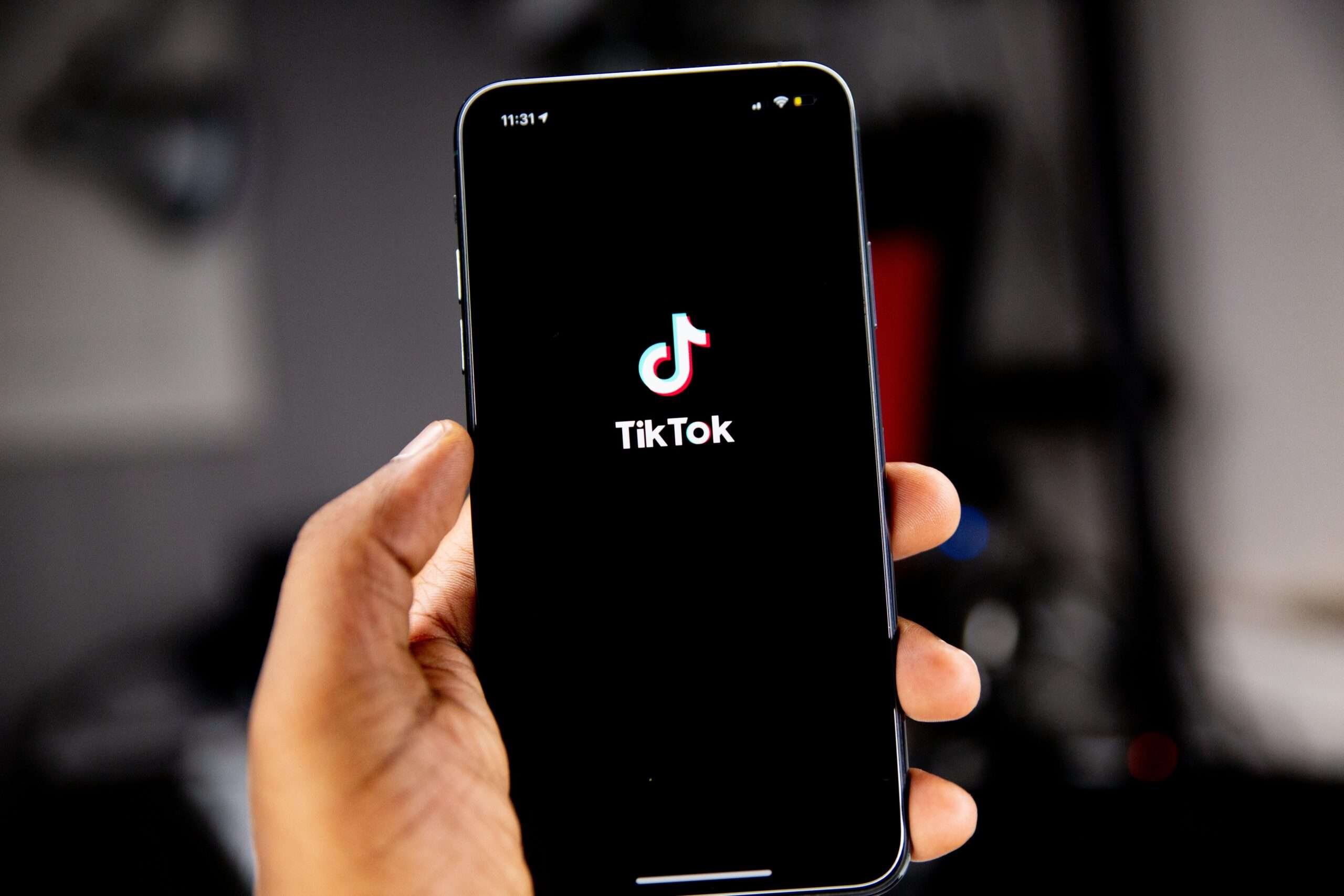Embedding diversity, equity and inclusion in the workplace is a journey. Start this journey by understanding your organization’s DE&I maturity.
What you’ll learn
- Why businesses should embed DE&I into their culture, purpose and practices
- The four stages of Korn Ferry’s DE&I maturity model
- The five dimensions of DE&I maturity
Inequality isn’t just a social issue; it’s also a business issue. Companies today must act to create a world that respects everyone’s dignity and makes equal opportunities available to all.
While this is the right thing to do, it’s also the smart thing to do. Businesses cannot sit idly by in the face of unrest and pressure from stakeholders, which includes their employees, boards, customers and communities. Nor can they ignore the tangible benefits of investing in diversity, equity and inclusion (DE&I) in the workplace.
Korn Ferry’s research shows that most organizations have accelerated their DE&I efforts over the last two years. But it’s hard for companies to know where to start — or what their end goal should be.
That’s why we partnered with the World Business Council for Sustainable Development (WBCSD) to research the DE&I challenges facing businesses. WBCSD’s Vision 2050: Time to Transform identifies mounting inequality as one of three critical challenges facing the world today.
Using our DE&I maturity model, we interviewed WBCSD members to learn where they are on their DE&I journey. Here’s an overview of why businesses should focus on DE&I in the workplace using our DE&I maturity model, and a preview of what we learned from our interviews.
The Business Case for DE&I in the Workplace
Many businesses know by now that efforts to support DE&I are critical for a variety of reasons. For one, stakeholders expect businesses to address inequality. A failure to do so can harm a business’s reputation and create operational risks.
Secondly, inequality in income, wealth and well-being is rooted in unequal opportunities. And the differences in people’s prospects rest largely on factors outside their control: their personal characteristics and backgrounds. Employers should remove these roadblocks so everyone can enjoy equal access to career opportunities.
But, beyond leveling the playing field, businesses find that embedding DE&I into their culture, purpose, and practices gives them a competitive advantage. Research shows that:
- Companies that embrace diversity and inclusion are 70% more likely to capture new markets
- More diverse organizations are 75% more likely to see ideas become productized
- Diverse teams, managed inclusively, are better at solving complex challenges and innovating ideas
- Companies with above average diversity performance report 19% higher innovation revenue
- Diverse and inclusive teams make better decisions 87% of the time
Prospective and current employees also expect that their workplace should promote DE&I. Given today’s war for talent, labor shortages, and resignations, DE&I strategies are an essential part of attracting and retaining employees. The opposite is also true: organizations that don’t take meaningful action on DE&I initiatives may undermine employee loyalty and trust.
In addition, consumers care whether businesses invest in socially conscious marketing strategies. Research from Microsoft shows that 70% of consumers are more trusting of brands that represent diversity in advertising. And a 2021 FleishmanHillard study showed that over three-quarters of consumers expect companies to provide a diverse, inclusive work environment.
The 4 Levels of the DE&I Maturity Model
Achieving DE&I goals requires organizations to transform from within. But, as with any journey, it’s important for organizations to assess their current level before setting goals and building strategies. They also must be able to measure their progress to understand how they can continue to improve. That’s why we created our DE&I maturity model.
Organizations can use our DE&I maturity model as a strategic roadmap for developing their processes and approach towards DE&I in the workplace. The model offers a DE&I framework to help organizations understand the progression of their DE&I journey. It also shows organizations how they can navigate toward improved performance.
In our experience, the DE&I journey tends to progress in four distinct stages. Our maturity model reflects these stages:
- Basic (Level 1): A reactive approach to DE&I. These organizations may define diversity along one or two visible aspects. Leaders usually have very limited involvement in driving DE&I forward.
- Progressing (Level 2): A focus driven by purpose, with leaders assuming some responsibility for DE&I. Diversity includes both visible and invisible dimensions. An organization may employ dedicated DE&I staff and allocate a specific DE&I budget.
- Advanced (Level 3): An approach that recognizes connections between dimensions. Organizational leaders are trained in inclusive leadership skills and are accountable for creating a diverse and inclusive environment. These organizations have DE&I resources and budget distributed throughout other functional areas and regions.
- Leading edge (Level 4): A sustainable approach to DE&I. Leaders are expected to lead holistically and inclusively, act as key DE&I change agents and hold the organization accountable. On top of internal resources, external DE&I advisory boards will guide leading-edge DE&I practices.
Developing Inclusion Practices to Accelerate DE&I Maturity
To advance through these levels, organizations should develop practices that support behavioral and structural inclusion. Behavioral inclusion describes inclusive mindsets, skillsets and relationships. Structural inclusion describes equitable and transparent structures, processes and practices that work for all employees and customers.
The DE&I journey measures progress in behavioral and structural inclusion across five DE&I dimensions:
- Dimension 1: Risk management – How effective is the company’s risk management when it comes to DE&I?
- Dimension 2: Awareness – Are the company’s leaders and employees aware of and committed to the value of DE&I? Are they actively communicating the business value of DE&I and driving employee engagement in this area?
- Dimension 3: Talent integration – How well has the company integrated DE&I into its talent systems? Are its leaders and employees displaying inclusive behaviors?
- Dimension 4: Operations integration – How does the company embed DE&I across different functions? Does the company’s approach lead to greater efficiencies, increased safety, innovation and quality?
- Dimension 5: Market integration – Are the company’s DE&I efforts expanding externally, reaching new consumers, enhancing customer service and partnering effectively with communities?
For examples of leading behaviors in each dimension, download our Diversity, equity and inclusion in the workplace report.
Organizations that succeed in progressing their DE&I initiatives begin by studying data to learn what practices and behaviors do and don’t work. They also identify the root causes behind any lack of progress in organizational DE&I efforts. They reinforce their initiatives with proactive training that builds inclusive leadership capabilities and embeds behavioral and structural inclusion.
The most successful organizations realize that DE&I maturity is the shared responsibility of all internal stakeholders. Key corporate functions must take responsibility for each dimension, but all functions must be on board for the DE&I journey.
The DE&I Journey in Practice
As part of our research, we interviewed a variety of WBCSD members. We asked them how they integrate DE&I considerations into the workplace and address emerging DE&I challenges.
While most organizations labeled themselves as “progressing,” we learned that no two DE&I journeys are alike. Factors affecting their journeys include business and talent priorities, leadership commitment, resource allocation, desired speed of change and industry dynamics.
Most organizations are focused on the dimensions of DE&I awareness and talent integration. Meanwhile, the operations integration and market integration dimensions are less developed.
Business Case: Improving Gender Diversity in the Workplace
For example, one company learned it had gender diversity issues after conducting a global DE&I assessment. The company realized it needed to build a culture that attracts, retains and promotes women. So, the company set two goals: improving management of gender diversity and enhancing the retention of women in production fields.
To achieve these goals, the company changed its recruitment policies. The policy set targets for women to hold 30% of senior management positions and 50% of overall management positions by 2030. Additionally, the company introduced mentoring, networking and leadership training for women. It also organized diversity days to raise awareness of bias and business challenges among managers.
The company implemented dashboards and performance management scorecards with metrics to track its progress. So far, the company has increased visibility around the career movement of female talent. It also built in manager accountability for retaining women. Female representation in middle management has also jumped from 16% to 32% and in senior management from 5% to 7%.
Preparing for the DE&I Journey Ahead
As your organization prepares for a DE&I transformation, it’s essential to know two things. First, where are you on your DE&I journey? Second, where do you want to go? Only then can you build a roadmap that will take your organization to the next level.
Our Diversity, equity and inclusion in the workplace report includes practical ideas for building a more equitable and inclusive organization. It also describes indicators you can use to gauge your current state and plan future initiatives. Finally, it shares case studies on how nine companies have accelerated their DE&I transformation.
To learn more about our DE&I framework and leading practices that will accelerate your DE&I transformation, download our report now.
The article was first published here.
Photo by Marlis Trio Akbar on Unsplash.

 5.0
5.0 













